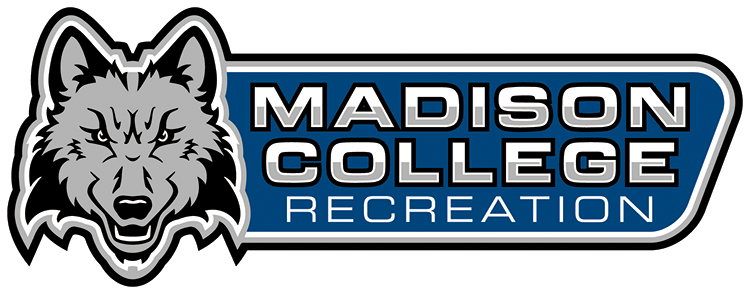Goal of Common Core is good, but adverse impact possible
March 26, 2014
One set of standards to keep all students on the same path to academic success and success in whatever path they choose to follow after high school graduation. That is what is promised with the Common Core standards, developed by Common Core, Inc. According to the Common Core website, and its many advocates, these are new standards that will revolutionize the way students are taught. Already 45 states, including Wisconsin and the District of Columbia have adopted these new standards.
However even though Common Core could arguably be named one of the most important education initiatives in decades, a Phi Delta Kappa/Gallup Poll showed that only 62 percent of people knew about it and most of those who knew about it didn’t understand it.
These standards have only been finalized since 2010, and on June 2, 2010 the Wisconsin Department of Public Instruction (DPI) adopted the standards, with them to be fully implemented by the 2014-15 school year. The support from the Wisconsin DPI is so strong that State Superintendent Tony Evers even offered a veiled threat that he might take any rejection of the Common Core Standards to the Supreme Court.
The picture painted so far of Common Core is wonderful. However removed the federal government claims to be from Common Core, as it is a state-run initiative, leaves the fact that they will use Common Core standards in addition to the controversial Race to the Top act to create a situation that might leave many a child behind, just as the No Child Left Behind Act did in trying to gauge school success via one size fits all federal level standardized testing that has been shown to be highly inaccurate in various studies. This time though, that inaccuracy could lead to schools marked as substandard being turned into charter schools, and having much of the staff fired.
There is no conclusive proof that all charter schools are good for students either.
As it comes to fitting students into colleges, the key areas focused on are STEM (Science, Technology, Engineering and Mathematics) areas as those are in high demand in the labor market, workers are even being “imported” to fill those positions.
Even though the standards are sufficient in lower grades up to grade 7, high school math standards fall far behind. The highest class with standards outlined is Algebra 2, which was designated as the minimal definition of college readiness.
According to James Milgram, a Stanford professor, who was on the approval committee for Common Core standards, only one in 50 students who’ve only completed Algebra 2 will get a 4-year degree in a STEM area. Only one-third of students who have completed Algebra 2 will get a 4-year degree, regardless of the subject. The odds increase with every course taken, but if teachers are teaching to the test and strictly to the standards, Algebra 2 might be the best you can get.
The standards were even described as being designed to get children into non-selective universities, such as Madison College. If Madison College has to cater to more students who have to use them as a starting point to transfer because they weren’t properly educated at the high school level, which will divert much needed resources away from the other programs a technical school offers and turns Madison College into a remedial school for the UW system, which might be compelled to lower standards by the Wisconsin DPI.
While Common Core was designed to be great for children, it might end up having the opposite effect.

























